The SQEL group attended the 2019 NEST annual meeting “Highlights in Nanoscience” with a talk by our group leader Dr. F. Giazotto and two poster presentations.
The main goal of the conference, which has been co-organized by Dr. E. Strambini of SQEL, was to display, share and discuss the most recent activities of the NEST laboratory where we are located.
The two poster contributions of our group were “Field-effect metallic superconducting electronics” presented by C. Puglia and F. Vischi and “Revealing the Spin-Orbit Interaction in InAs nanowires” by A. Iorio.
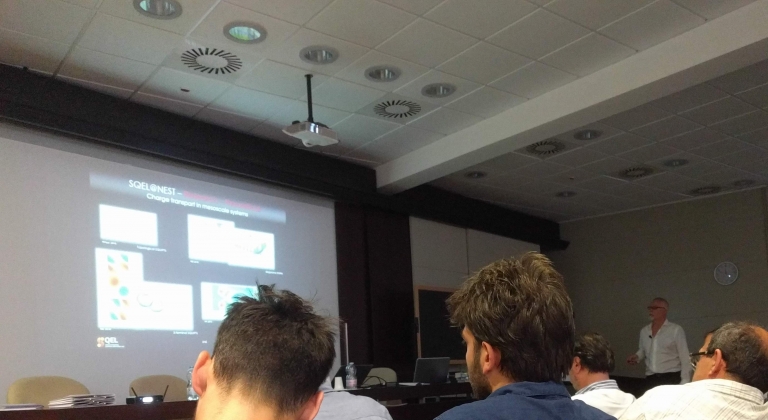 Our group leader, Dr. F. Giazotto, while presenting the SQEL works at the NEST Conference 2019 “Highlights in Nanoscience”.
Our group leader, Dr. F. Giazotto, while presenting the SQEL works at the NEST Conference 2019 “Highlights in Nanoscience”. 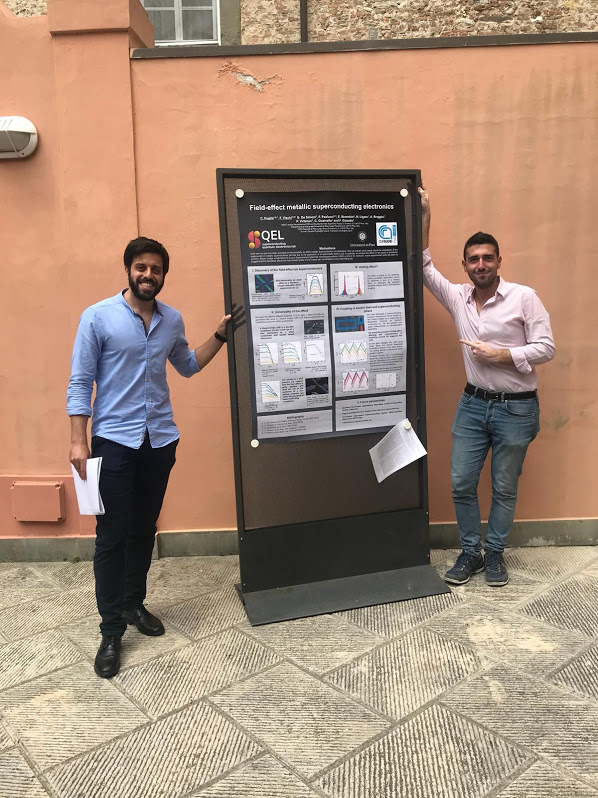
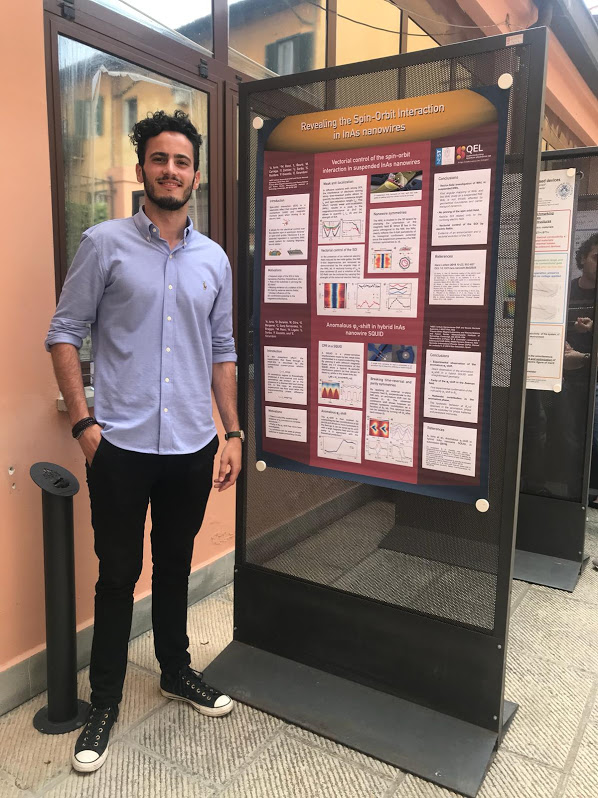
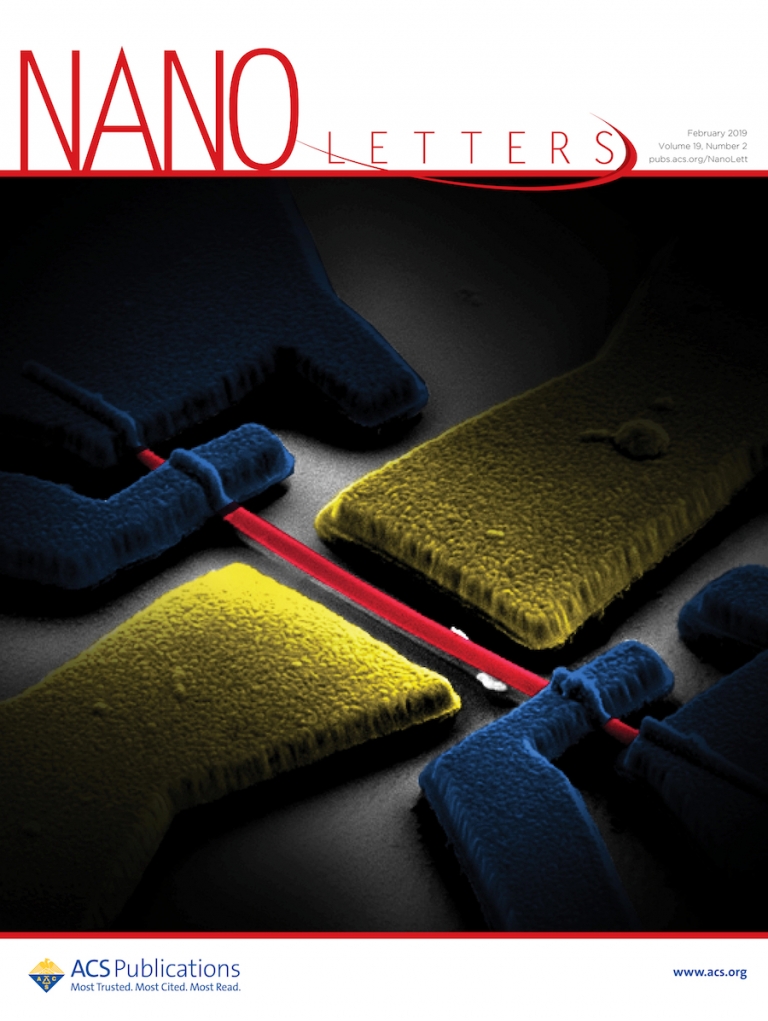
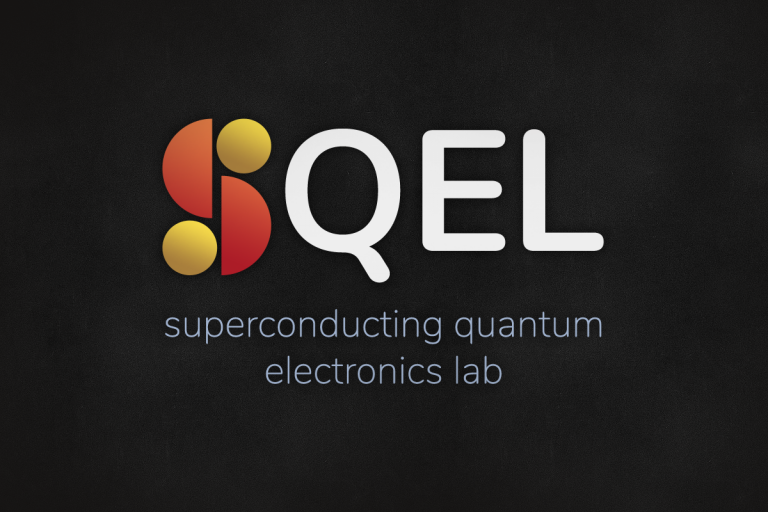
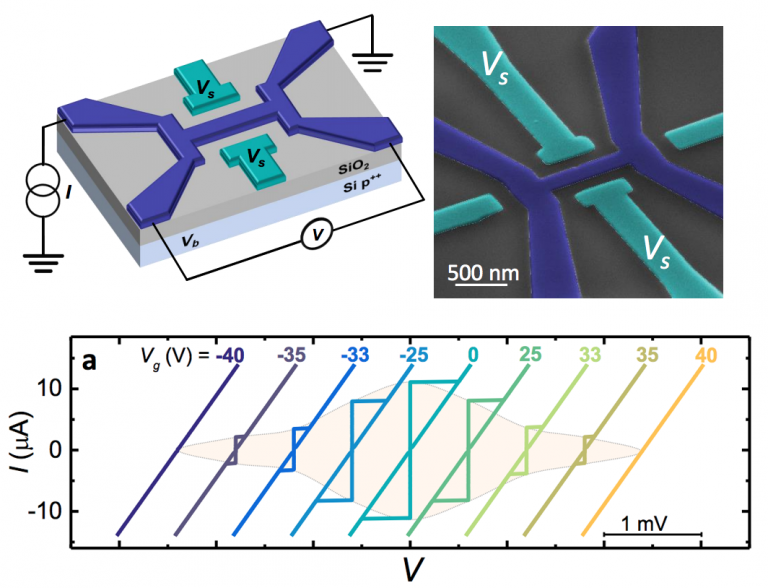
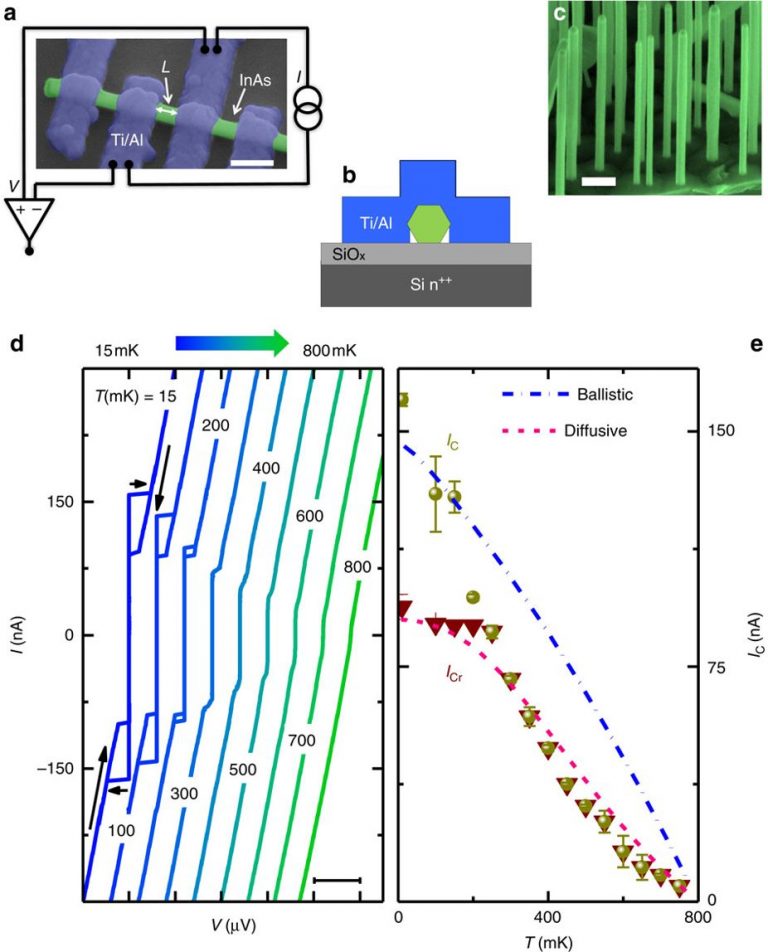 Sample layout and zero magnetic field characterization.
Sample layout and zero magnetic field characterization.